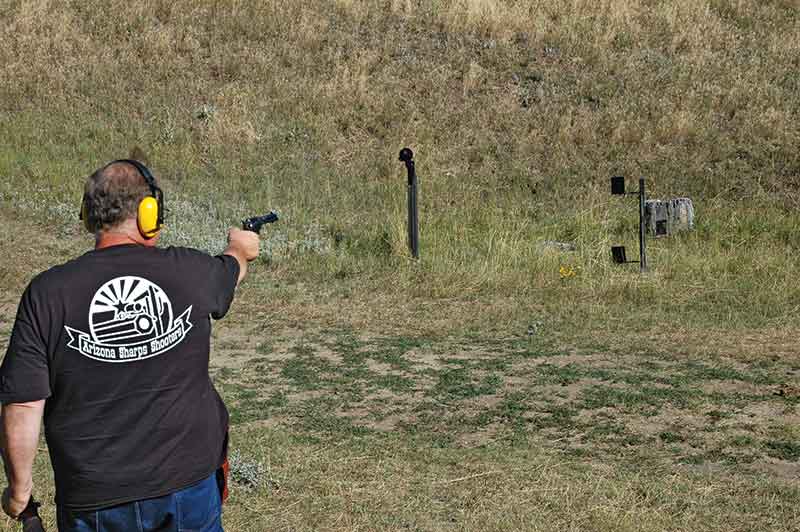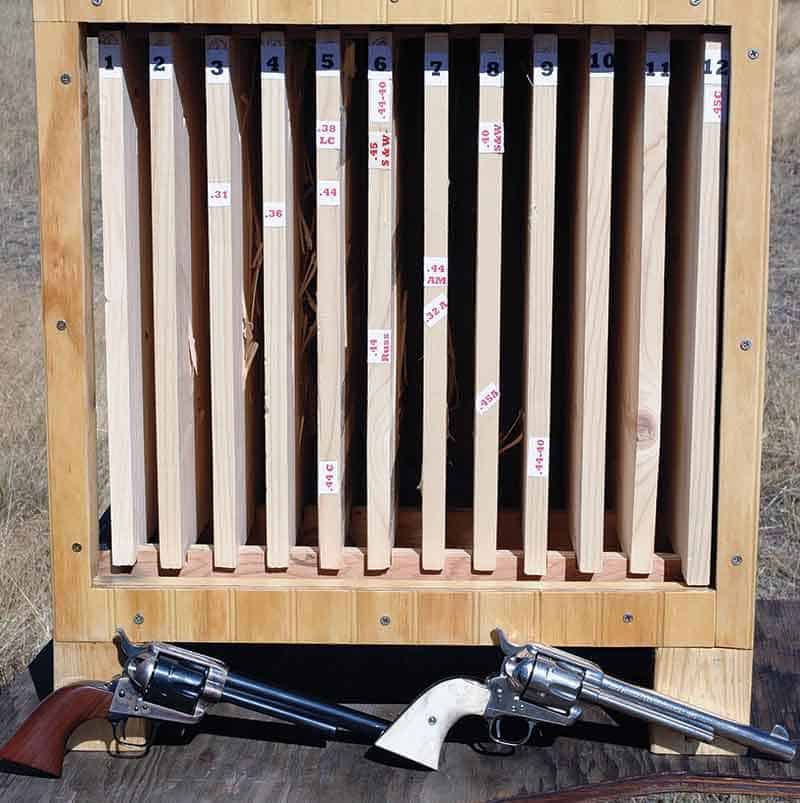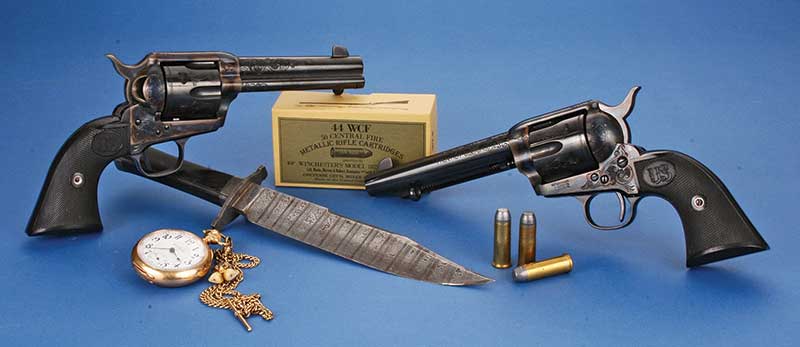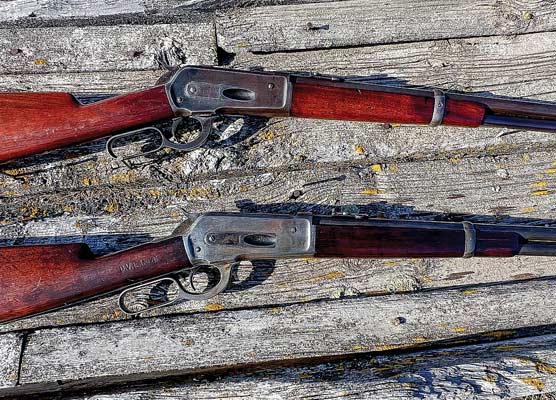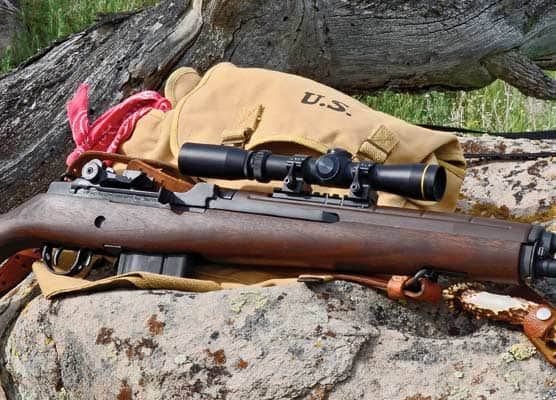The Best Old West
Handgun Cartridge
The .44 Winchester Centerfire
Over the past 30 years, I’ve tried to shoot every revolver type that someone would have packed in a holster during the last 50 years of the 19th century. Such shooting has encompassed handguns from .36-caliber cap-and-ball “Navy” Colts to the big-bore double actions of the 1890s. In regards to metallic cartridges I’ve handloaded tens of thousands of rounds with both black powder and smokeless powders ranging from .38 Colt up to .45 Colt. In between have been .38 WCF, .41 Colt, .44 S&W American & Russian, .44 Colt, .44 WCF, .45 Schofield and others.
In my humble but experience-based opinion, one of those many rounds stands above all the rest both in regards to its historical perspective and modern application. That is the .44 WCF (Winchester Centerfire) more commonly known today as .44-40. Such an attitude might surprise some readers because cartridges like the .45 Colt are held in near reverence.
Evidently, I wasn’t the only one to draw such a conclusion. Consider this: during the time frame mentioned above no other handgun manufacturer cataloged .45 Colt revolvers. Virtually every maker of “belt revolvers” offered them as .44 WCF. (Belt revolvers were what we would call “holster guns” today.) Remington had the Models 1875 and 1890, Merwin & Hulbert had a couple versions of their unique twist-frame design, Smith & Wesson made both single- and double-action top-break versions of their Model No. 3 in .44 WCF and even Colt put the round in all of their big-frame revolvers introduced after 1873. Another gun’riter far more famous than me, the late Col. Charles Askins once wrote that he saw no reason for Smith & Wesson to introduce their .44 Special because the .44 WCF was already well established.
Ironically, for a cartridge, which I consider a most excellent one for revolvers the .44 WCF was actually developed for rifles. Winchester did that in 1873 for the rifle and carbine named for the year. It was their first round using a brass case with external primer; meaning it was reloadable. From the beginning standard factory loads used a 1.31″ long, slightly bottlenecked case with 40 grains of black powder under a 200-grain, roundnose-flatpoint bullet. From, a 24″ rifle barrel velocity was supposed to be about 1,300 fps.
Most sources give 1878 as the year Colt finally began chambering their Single Action Army revolver for .44 WCF. (Some say 1877.) That would have been after about serial number 41,000. By the time the First Generation of Colt Single Action Army production ended in 1941, .44 WCF chambered ones were in distant second place in regards numbers made. Of course .45 Colt was first with about 150,000 compared to the .44 WCF at approximately 64,000. One fact makes .44 WCF unique among Colt SAAs is the name the company gave revolvers so chambered. They were stamped “COLT FRONTIER SIX-SHOOTER.” Merwin & Hulbert bestowed an even odder moniker on their .44 WCF chambered sixguns. They were marked “CALIBRE WINCHESTER 1873.” Although I’ve shot Remington Model 1875 .44s and even owned a Smith & Wesson single action Model No. 3 in this caliber, at this late date I cannot remember how they were caliber stamped.
Back in the late 1800s ammunition companies often rated the power of their loads by how many 1″ thick white pine boards the bullets would penetrate. A few years ago I decided to try duplicating that with a baffle box holding 7/8″ white pine planks. A 250-grain .45 Colt bullet powered by 35 grains of Swiss FFFg black powder penetrated 11 planks and lodged in the 12th. A 200-grain .44 WCF bullet over 38 grains of Swiss FFFg made it through nine planks and stuck in the 10th. A fact worth mentioning was the .45 Colt bullet was Lyman 454190, which was more pointed than flatnose. The .44 WCF bullet was cast in RCBS mould 44-200FN which has a rather wide flatnose. That likely slowed the .44 bullet a bit.
That RCBS .44 bullet design is my all-time favorite for handloading .44 WCF whether the ammunition will be fired in revolvers or lever guns and whether smokeless propellants or black powder will propel them. For many years my favored smokeless powder charge for COLT FRONTIER SIX-SHOOTERS was 6.8 grains of Winchester 231 or Hodgdon HP38. Depending on exact barrel length and barrel/cylinder gap that load hit about 775 to 875 fps. Since the advent of IMR’s Trail Boss powder I’ve used it almost exclusively for this round with a charge of 6.5 grains. Velocity may average about 50 fps less, again depending on exact handgun being fired.
I’ve also loaded thousands of .44 WCFs with black powder relying on the same RCBS bullet over 33 grains of either Goex FFg or FFFg. From a 7-1/2″ barrel those granulations of black powder gave about 850 to 950 fps respectively. The FFFg load is a real boomer!
Going back over my life-long records shows that I’ve owned about 30 revolvers chambered for this fine old cartridge with eight remaining with me at this time. Two of those are engraved U.S. Firearms’ single actions with 4-3/4″ and 5-1/2″ barrels and the rest are various generations and barrel lengths of COLT FRONTIER SIX-SHOOTERS. Being so well stocked I doubt if it will ever be necessary to own another.
Some shooters hesitate to dive into .44 WCF handgun shooting because they have heard it’s a hard cartridge for which to handload. There can be some stumbling blocks in vintage revolvers but .44 WCFs are essentially trouble free in modern made ones. I’m glad that troublesome rumor didn’t put me off because .44 WCF revolvers have given me countless hours of shooting pleasure.
